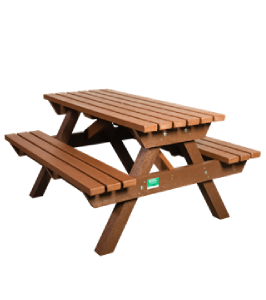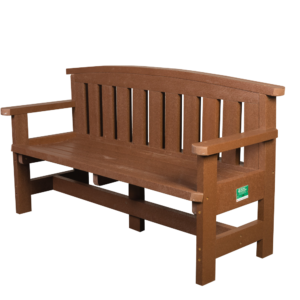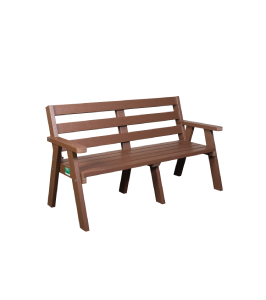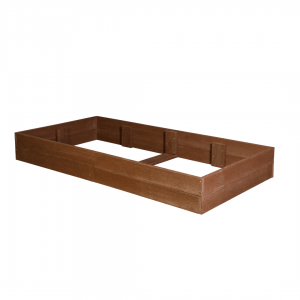EMAIL: sales@marmaxproducts.co.uk | CUSTOMER SERVICES: 01207 283 442
Raised Bed Rain Gardens in Oslo
Marmax Raised Bed Rain Gardens in Oslo
The City of Oslo has been developing innovative measures and policies to provide landscape features using multi-purpose green infrastructure. Their policy includes a 3-step approach to managing storm water runoff.
The first level seeks to attenuate 95% of the rainfall on the individual premises; it sounds very ambitious but most of the rainfall over the year falls as relatively small amounts. The new Marmax Raised Bed Rain Garden, when fitted with a standard water butt connection adapter and a slightly extended connection pipe, will broadly meet that requirement by diverting all the small flows onto the soil and plants of the planter tray in their Rain Garden unit. There, some of the water will be lost as evapotranspiration, some will replenish moisture levels in the soil and some will seep out into the storage void beneath the planter, from which it can trickle out at a harmless rate.
In larger storm events (requiring 2 actions), high rates of runoff will by-pass the planter tray and flow directly from the downpipe into the storage void space beneath it, from which it is steadily released at a slow rate. Extreme events, as elsewhere, will be managed by strategic identification of preferred flow paths through the city to minimise damage and risks to life (step 3 in the Oslo stormwater strategy). The Marmax SUDSBOX units are sized to accept 1:30 year storm event of one hour duration and discharge at an outflow corresponding 1:5 to 1-10 year magnitude storm (Campbell and D’Arcy 2019). Images of the units as Raised Bed Rain Gardens are available on the Marmax website (Marmax 2019)
The City of Oslo Water Defense
The City drainage department (Oslos Kommune, VAV) together with researchers in a joint project, have bought 9 of the new Marmax SUDSBOX units; the first one was off-loaded on Thursday 9th May, on a suitably rainy day. The Oslo project aims to evaluate the SUDSBOX from a variety of perspectives, as installed in different properties at several locations across the city. Public reaction to the units will be assessed over the coming months and the city engineer are especially keen to see how the SUDSBOX units survive the Oslo winter months. Rubber balls are being placed in the inlet and void space chambers to allow for expansion of any ice formed during the coldest periods.
In addition, the hydraulic performance of the SUDSBOX will be evaluated in the lab and in the field, in consultation with designers C&D Associates, and the universities in the UK who carried out the original proof of concept research and then subsequent laboratory based studies.
In some instances, the opportunity to measure outflows draining back into the public sewer from the SUDSBOX will be taken. In other circumstances, a direct connection of the outflow pipe into nearby green features is planned. The Norwegian work is based on application techniques and designs tested and tried elsewhere, e.g. interacting with scientists, engineers and landscape architects in Netherlands (NIVA 2019).
The Scottish Universities Green Infrastructure Research Network (SURGIR) will be facilitating exchanges of information and a Green Infrastructure seminar involving speakers from Norway as well as Britain, is being planned for May 2020. Hopefully during 2019, a SUDSBOX unit will be installed at a school in Glasgow as part of the SGIF 10,000 rain gardens project, and that broad initiative will also feature in a future SURGIR seminar.
REFERENCES
Campbell NS and D’Arcy BJ (2019) Effective Attenuation and Implementation of SUDS in Scotland.
Report for Oslo Kommune VAV, C&D Associates, Edinburgh
Marmax Website (2019). https://marmaxproducts.co.uk
NIVA (2019) Hver drape teller – Blagronn infrastruktur I byer. Eksempler pa tiltak basert pa studietur til Amsterdam og Rotterdam. Norsk Institutt for vannforskning, NIVA-rapport ISBN 978-82-577-7117-1



